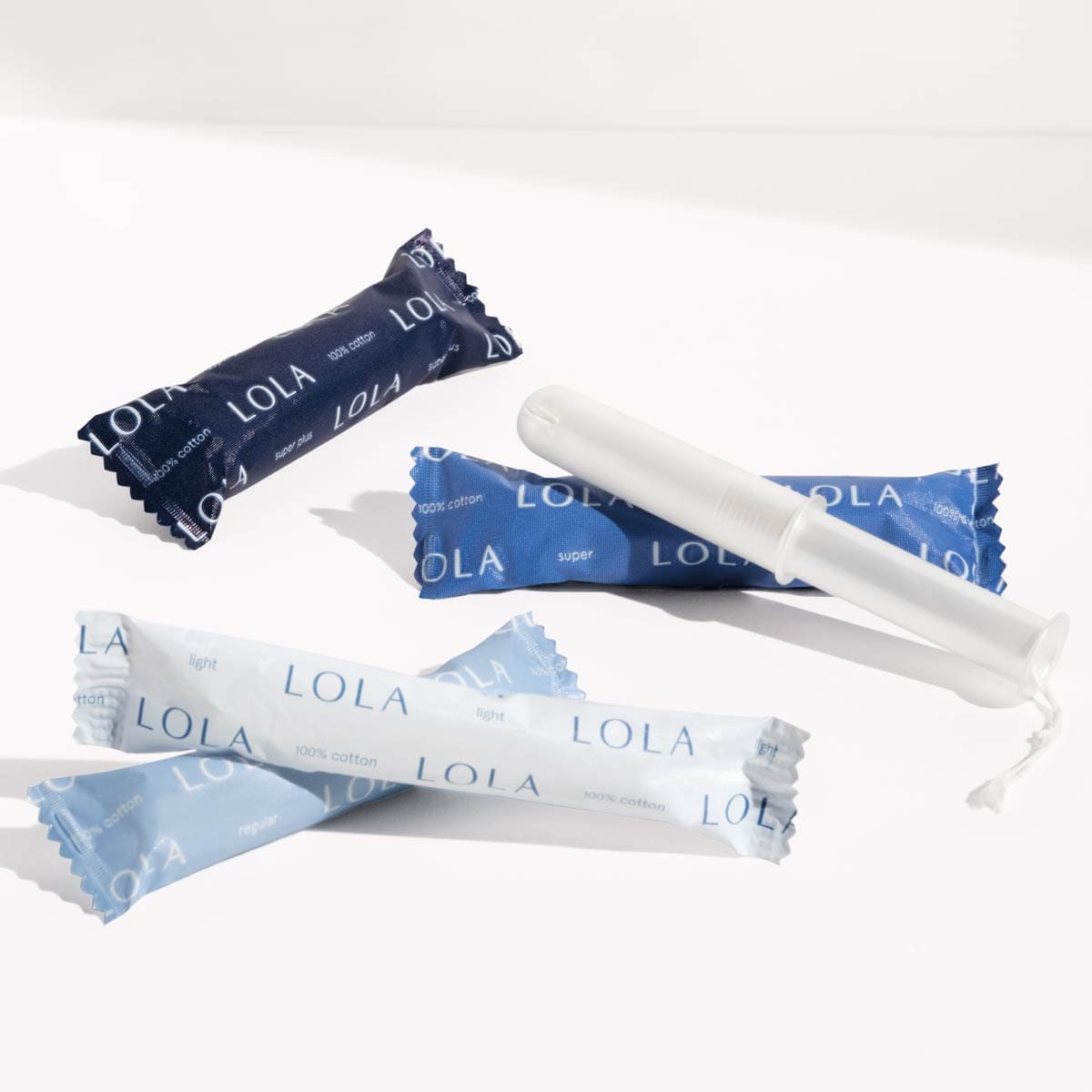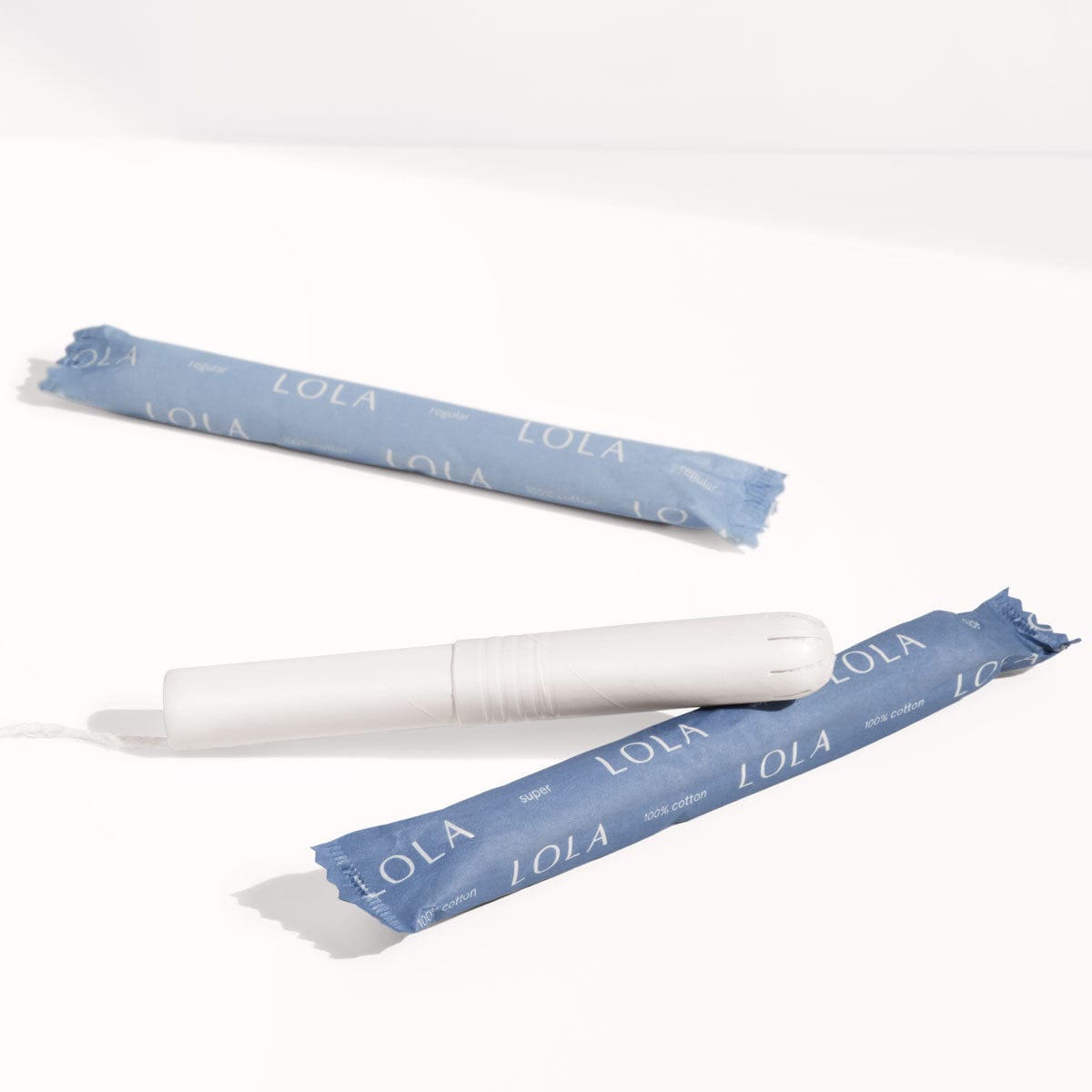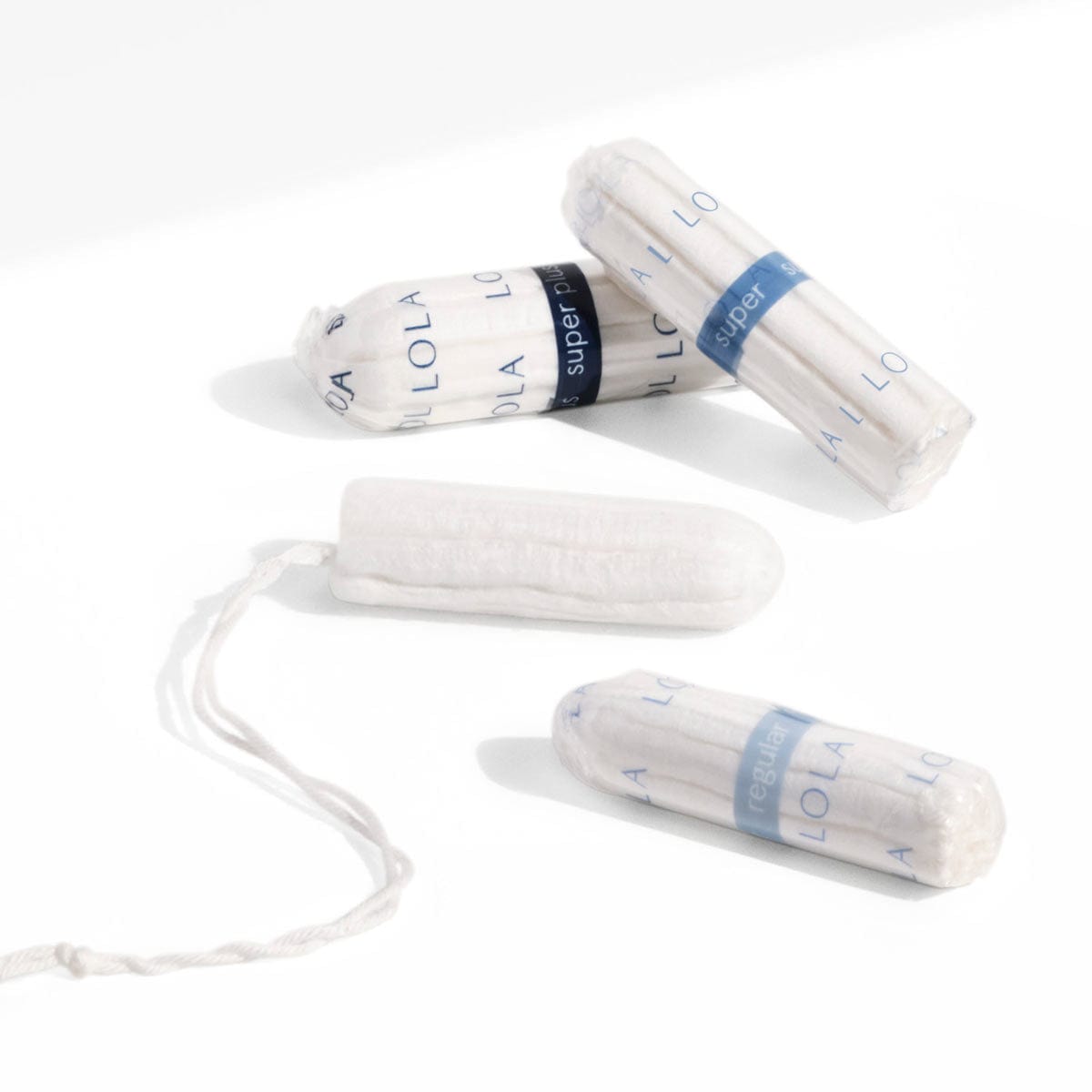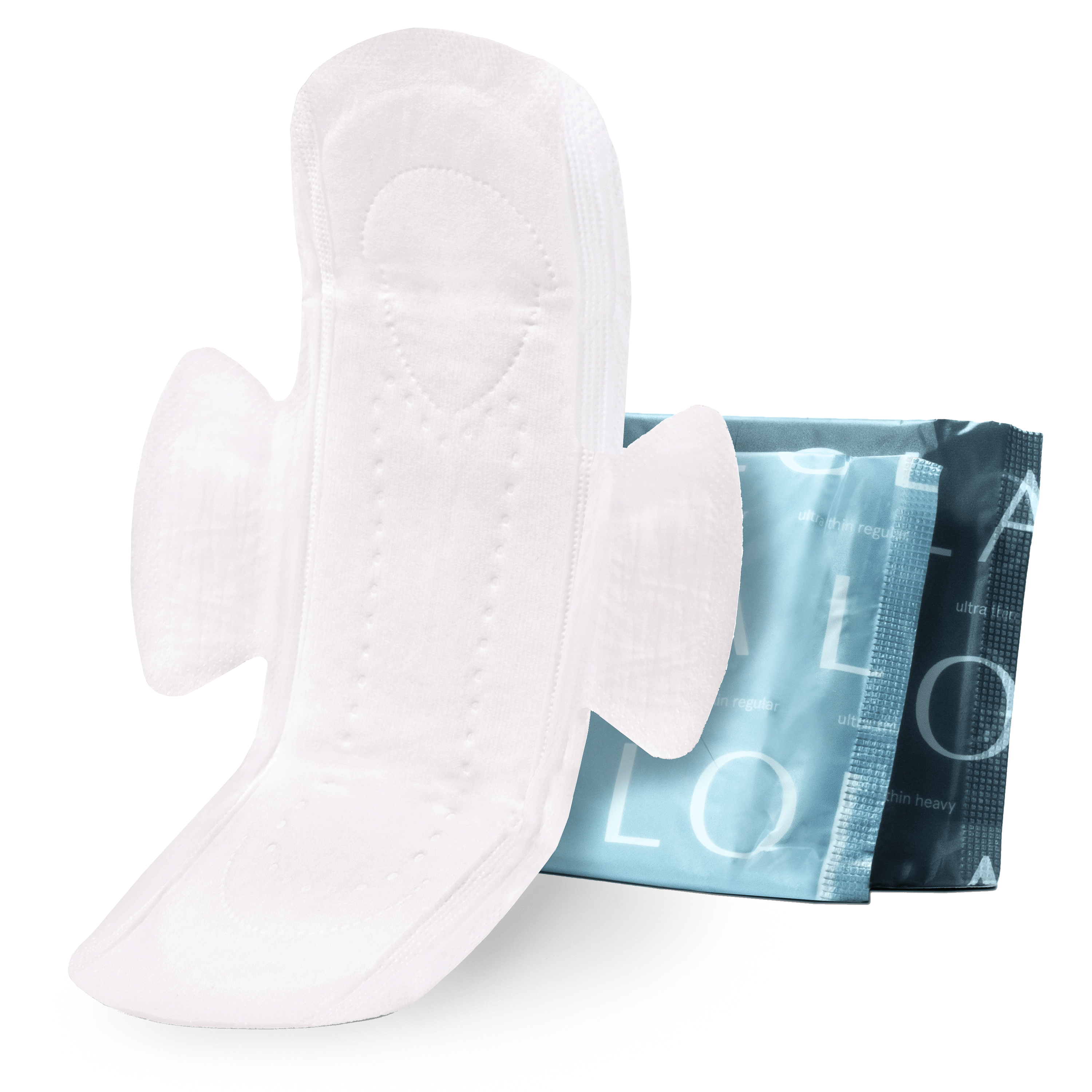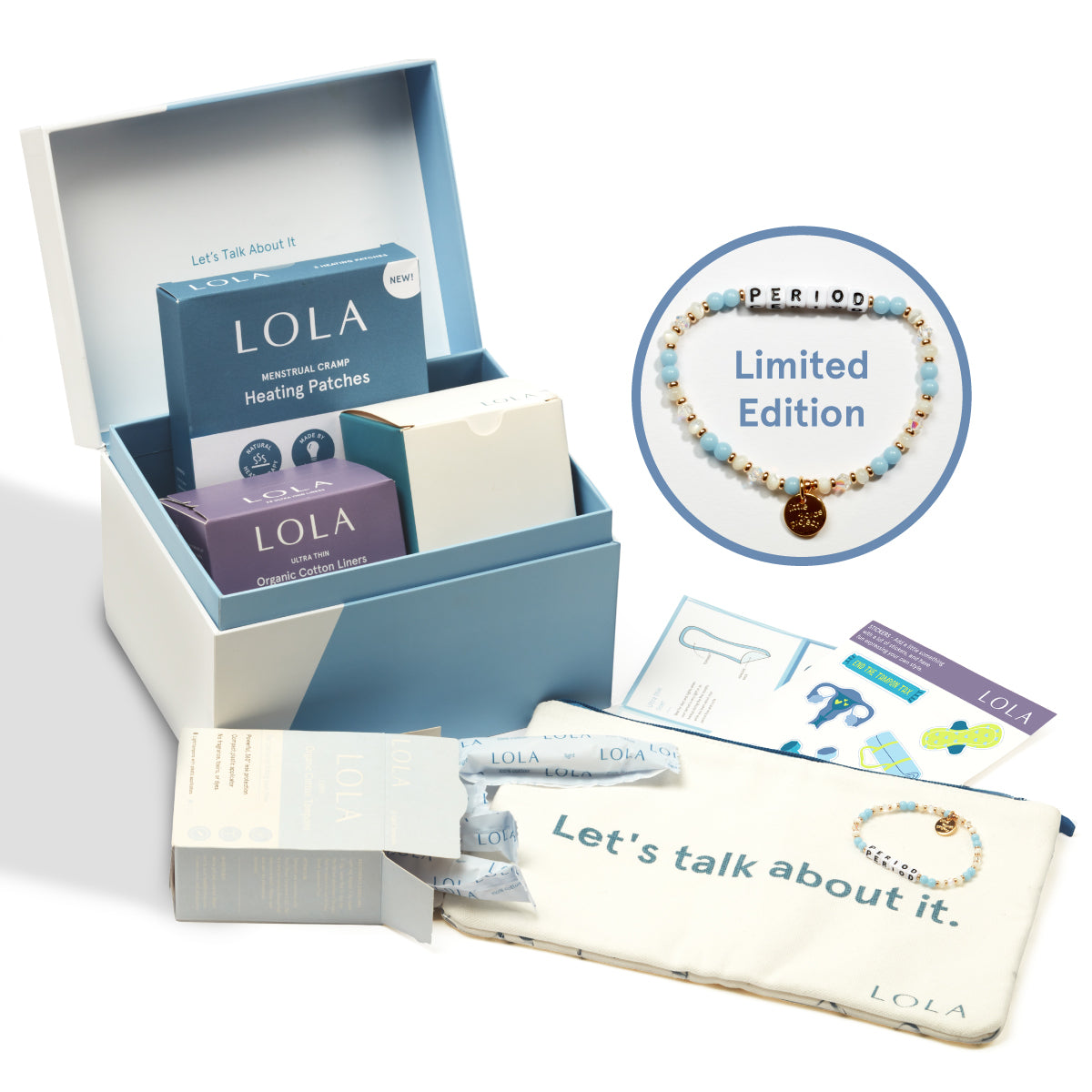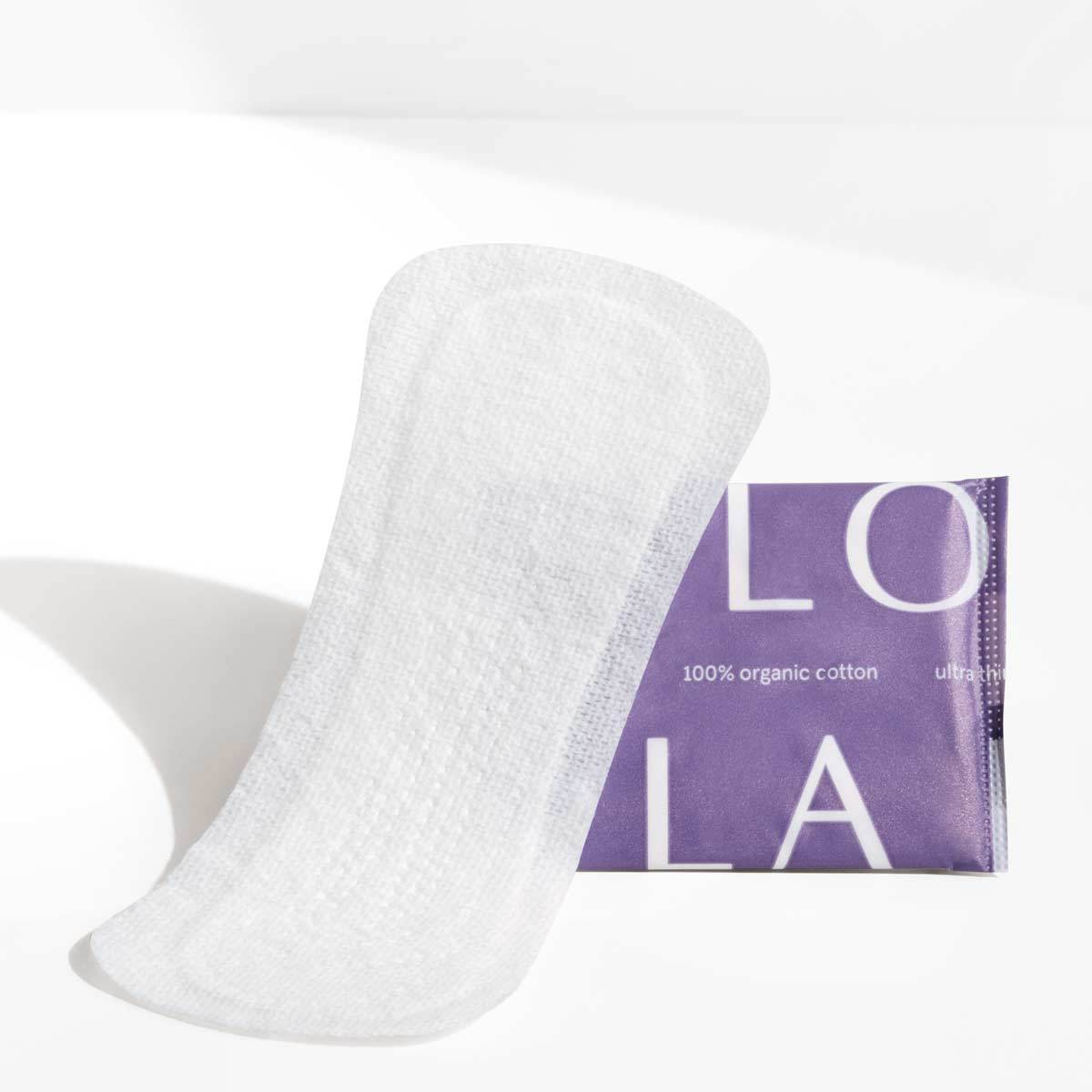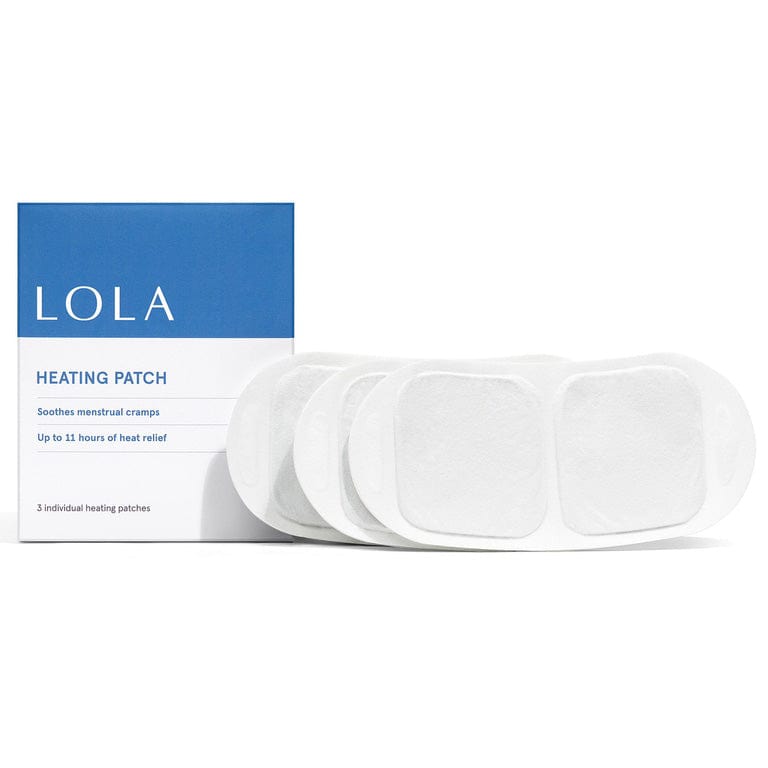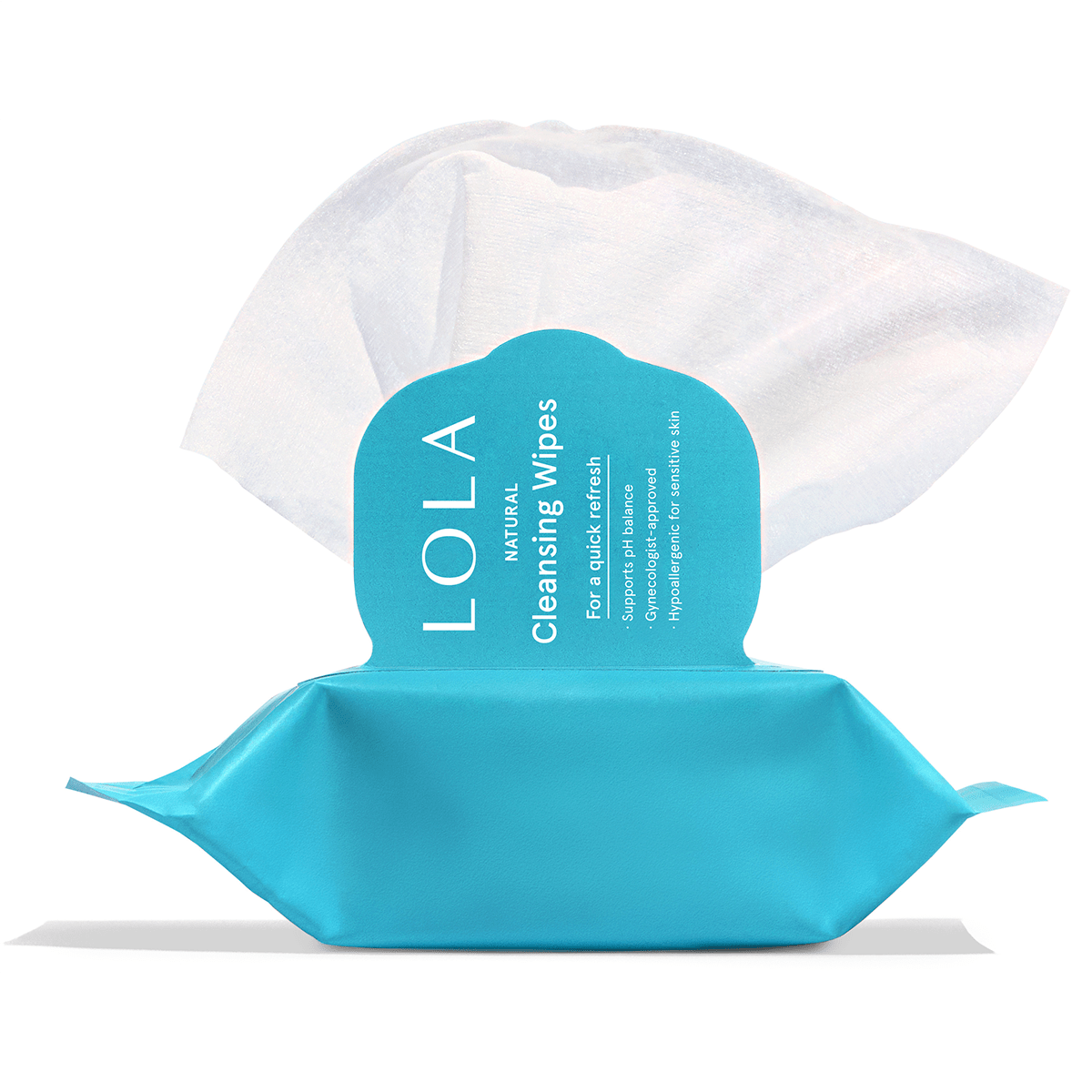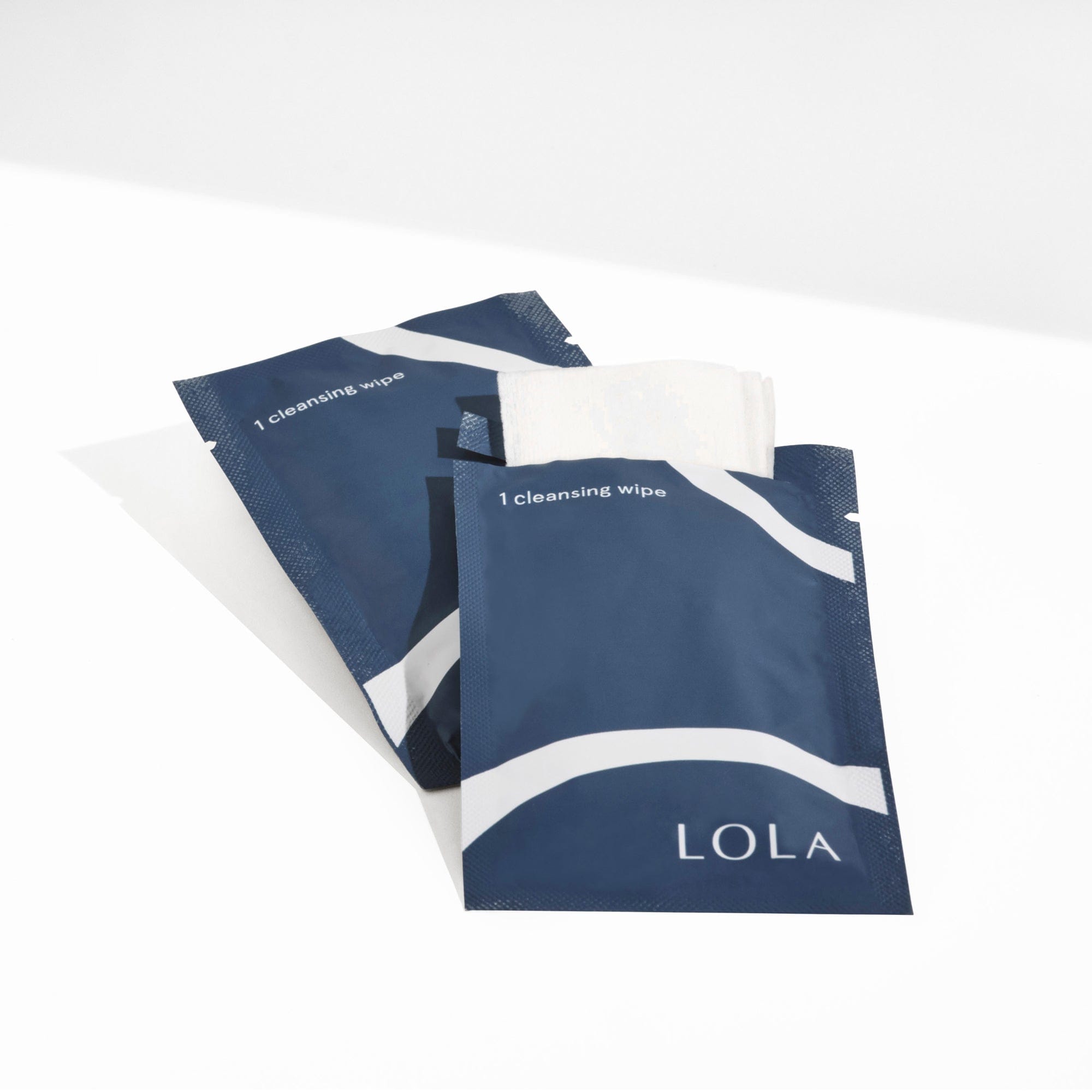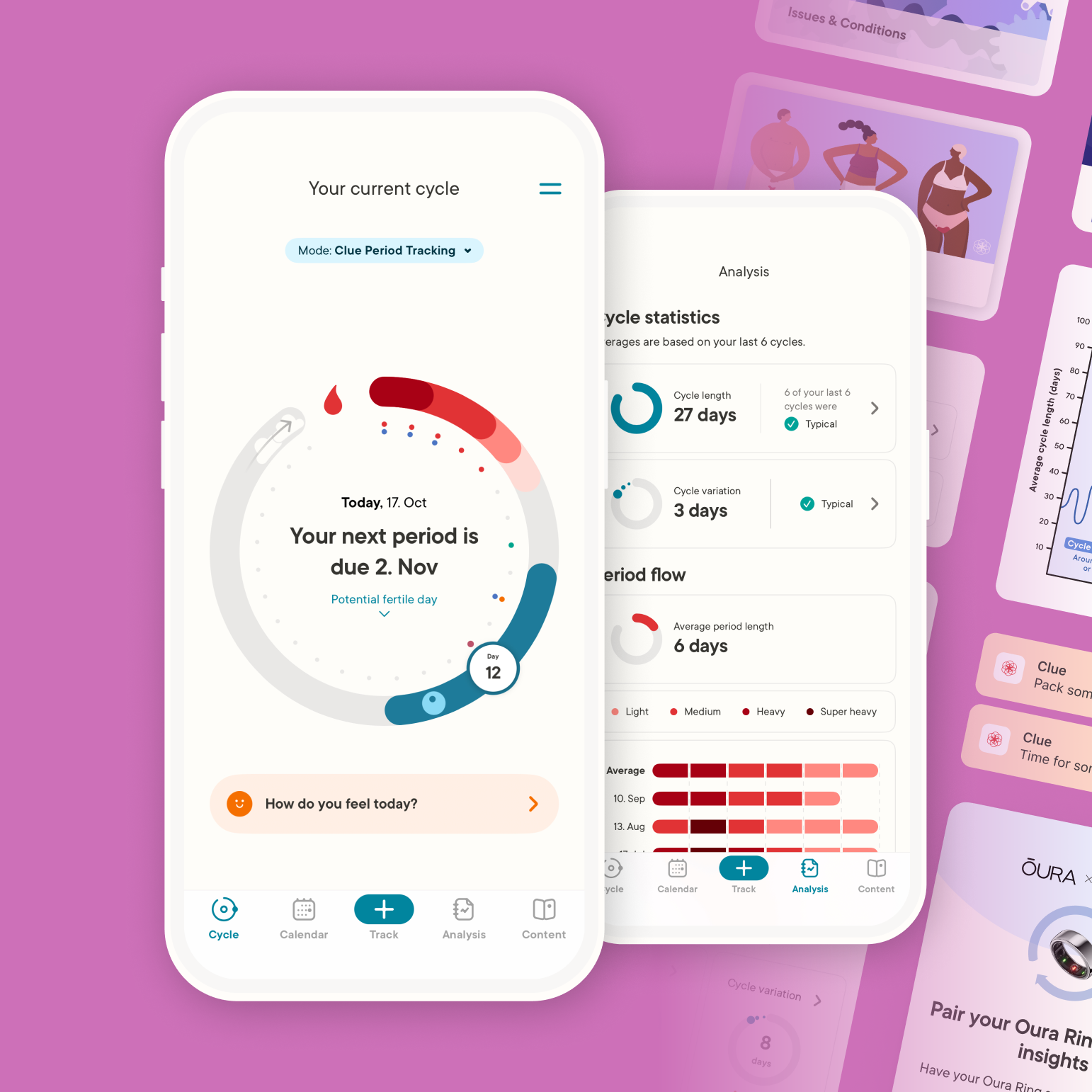Myth #1: You cannot get pregnant during your period.
"You can get pregnant during your period," Dr. Mysore says. "Sperm can live inside you for 3-5 days." The average menstrual cycle is 28 days long but as mentioned, can be shorter or longer (i.e. less or more days between periods) with the range being from 21 days to 40 days. Ovulation which is typically mid-way through one's period cycle can occur during, or soon after, the bleeding phase. For some, ovulation can occur past the mid-way mark and lie closer to the bleeding phase of their cycle. "I always recommend looking out for ovulation symptoms like mild pelvic cramping, spotting, thicker discharge and mild breast tenderness".
Some have a hard time recognizing these symptoms because they can be rather mild for some and stronger for others. In that case, one way to better get in tune with your cycle, and to understand when you ovulate, is to use ovulation tests. These tests use a urine sample to detect your luteinizing hormone, which increases dramatically during ovulation. Start taking 1 test each day for at least 5 consecutive days mid-cycle, or until your test is positive. A positive test means ovulation will follow in the next 24-48 hours. Once your test is positive, you can wait until your next cycle to continue testing until you feel like you can see a consistent pattern on when you are ovulating.
Myth #2: You shouldn't use a tampon until you're old enough.
First, you should know that many women start out using pads and then switch to tampons, some go directly to tampons, some never use a tampon, and some use a combination! It's really a matter of personal preference and you can use these products interchangeably.
Dr. Mysore says there's actually no right age to use a tampon. It's good to know that tampons come in different types, or formats (i.e. compact plastic applicator or cardboard applicator) and that the format doesn't make the product any more or less effective. They also come in different sizes, called absorbency levels. It's recommended that you use the lowest absorbency level possible. Especially when you are just starting out, we recommend starting with a light tampon.
She recommends reading the instructions to be sure to use it correctly. "It helps to ask someone for guidance," Dr. Mysore notes. "And remember, tampons shouldn't cause pain or discomfort." Always remember to change your tampon after 4 to 6 hours, and never leave a tampon in for more than 8 hours. After 8 hours, your risk of developing infections increases along with developing toxic shock syndrome (TSS), a rare but life-threatening condition caused by bacteria getting into the body from a bacterial source. The most important thing to remember is that no one knows your body as well as you do and all periods are unique, so always pick what feels right for your individual needs.
Myth #3: Premenstrual Syndrome (PMS) is all in your head
Premenstrual syndrome (PMS) which typically occurs one week before your period is actually a combination of symptoms associated with your period, and it causes symptoms such as irritability, fatigue, anxiety, or feelings of sadness before or during your period, Dr. Mysore says. "Over 90% of women in the US experience at least one of these symptoms right before or during their period," she adds.
Myth #4: Menstrual cycles are 28 days and last 7 days.
Dr. Mysore says that in fact, menstrual cycles vary from woman to woman and will change in length and frequency over time. Most menstrual cycles might occur every 21 to 35 days and last two to seven days with the average being 28 days and lasting 7 days. Tracking your cycle is the best way to figure out what your cycle length is. This could be using pen and paper or with one of the many apps that help track your cycle.
Myth #5: Menstrual blood is different from regular blood.
"Menstrual blood is regular blood," Dr. Mysore says. "Vaginas are part of the body so there is nothing different about menstrual blood." Menstrual blood comes from the shedding of our endometrium - which is the lining that can be found inside the uterus. The average volume of menstrual fluid is between 3 and 8 tablespoons per period, and every day is different. You may experience days of heavy flow and notice dark clumps or clots (smaller than a quarter) during your period. Or you may experience days of light flow where the color is more red than brown. At the beginning of your period the blood flow is typically thinner with more volume versus later in your period when it is typically a thicker consistency and lower volume.
If your heavy period has burdened you with leaks and underwear stains, check out our tips for getting period blood stains out of underwear.
Myth #6: You get a period when on the birth control pill that has estrogen and progesterone.
"You actually are not having your period when you are on a combined birth control that has estrogen and progesterone. You are having a 'bleed' from withdrawal of those hormones during your placebo week (i.e. when taking the 'sugar pills')" Dr. Mysore says.
